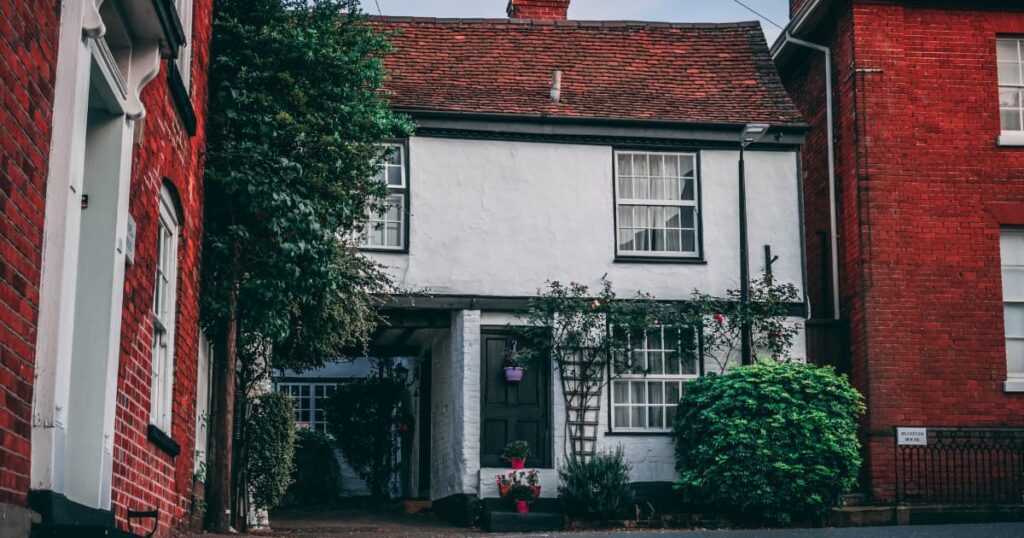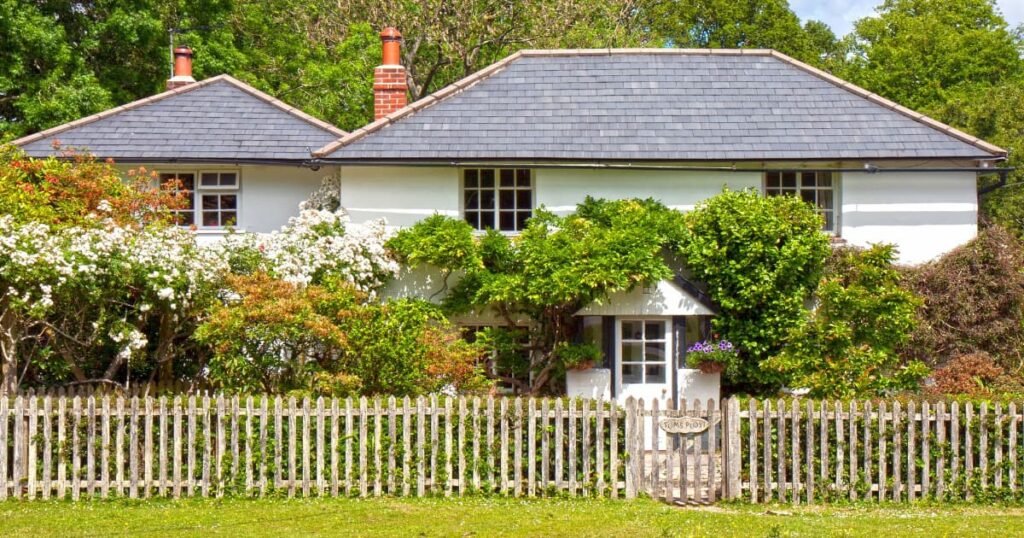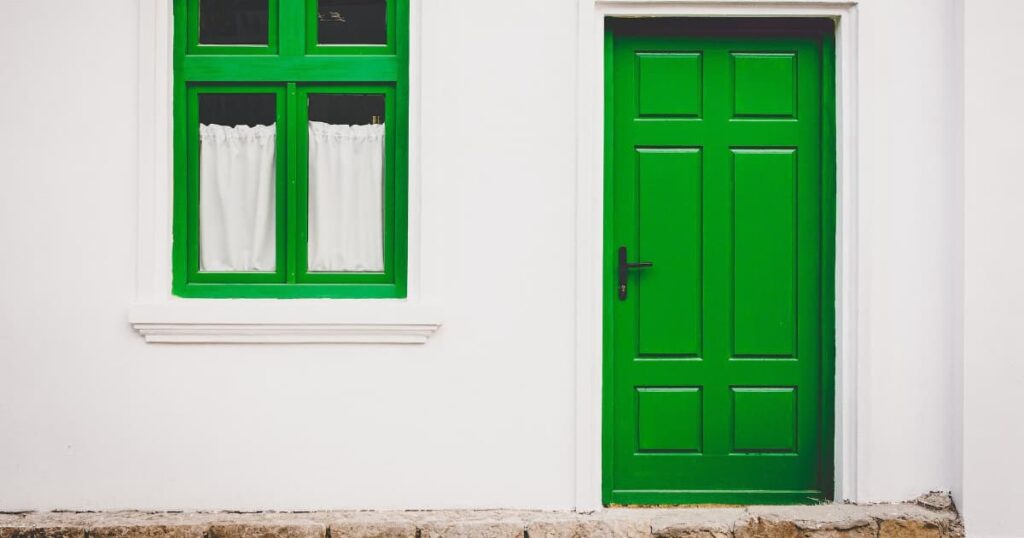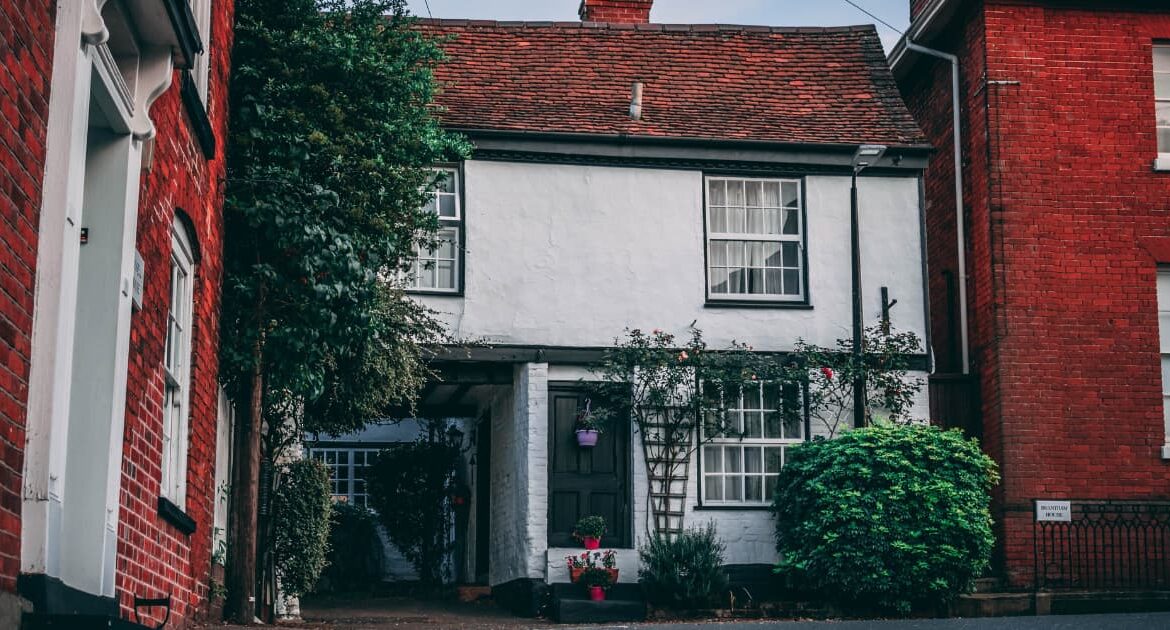
When you walk past some modern houses, you might notice that in many cases the exterior materials are coated and concealed by a smooth finish – giving the house a uniformity and sense of style and durability that is attractive no matter what style of home you are looking for. This is called the house rendering and refers to a type of cladding which not only improves the aesthetic of the house but also protects the building and its materials from damage.
What is house rendering?
House rendering finishes a home in a simple texture, which can be applied in any colour and is versatile in the way it can be mixed in with other types of finish – for example wood cladding and exposed brick.
There are a series of different types of render for a house, each of which presents its own benefits – and subsequently its own price point. These are:
- Cement – on the cheaper end of the spectrum, though this requires more upkeep and regularly repainting to keep it looking polished and well presented. Cement can also develop cracks over time.
- Polymer – less prone to cracking and able to be mixed in a variety of colours which eradicates the need for painting after application.
- Acrylic – Ideally used as a thin top layer rather than a full render, with added fibre to keep the surface durable.
- Silicone – Provides a long lifespan with minimal cracking.
- Monocouche – Hard-wearing and low maintenance, made using white cement and your choice of colour. As this only requires a single layer, the labour cost and time is much lower though the material itself is considered pricey.
- Lime – Considered the traditional material for rendering, the finish is hard but breathable and is best suited to old houses. The breathability prevents moisture from getting trapped which minimises damp – leading nicely onto our next point…
Will house rendering prevent damp?

If you use the right render, for example a lime render, then yes – house rendering can help to combat and prevent damp. The more breathable the material used, the better it is at allowing moisture to escape and thus prevent damp from establishing inside the house, however for the most part it is safe to assume that rendering your house will help to prevent damp.
Pros and cons of house rendering
There are two main reasons why a homeowner or developer might opt for house rendering as part of the finish of their home or new build – one, because it presents the house with an aesthetically pleasing finish which fits nicely into the modern market. Two, because it protects the house from the establishment of damp and other effects of weathering.
Other benefits include energy efficiency which can be improved by adding a finishing layer, and the addition of a smooth surface which makes painting your home and redecorating the exterior much easier.
The only real cons for house rendering are the cost and the fact that some renders are better than others – meaning that if you opt for a cheaper solution now, you will find you have to do repair work and touch-ups much sooner than if you select a more expensive option.
Can house rendering be a DIY project?

Due to the importance of house rendering in the appearance and protection of the very structure of your home, it is not recommended to attempt rendering under a DIY hat. There are a number of factors associated with professional rendering, with most companies and businesses providing you with a 25 year guarantee – something you likely cannot guarantee if you do it yourself.
House rendering takes time and a high level of expertise – not to mention the ability to reach the hard-to-reach corners and top levels of the house. We would always recommend going to an expert.
Is planning permission required?
Unless you live in a National Park or AONB, then planning permission is not necessarily required for house rendering – however, to be on the safe side, we would always recommend asking your local planning department just in case. It is also worth noting that while rendering might not need planning permission, you should consider how it could or will affect the appearance of your local neighbourhood and whether other locals will be amenable to your project.
For more advice on house rendering and to discuss if and when a rendering project might suit your home or next building project, we’re always happy to help and share our expertise!

